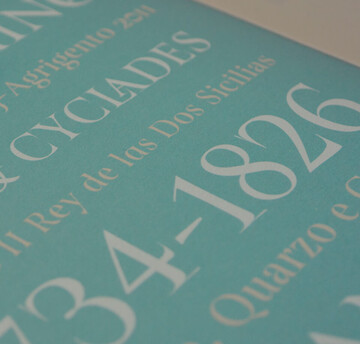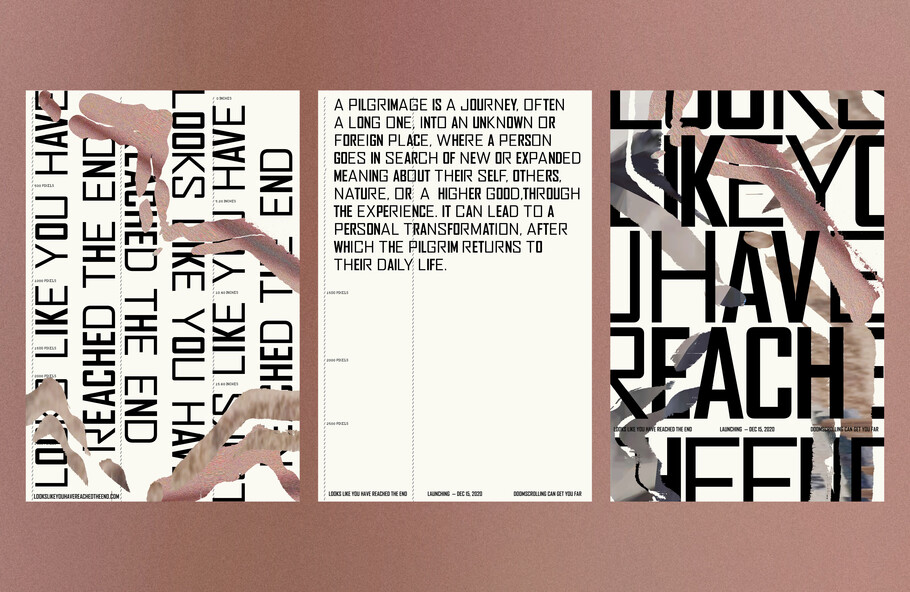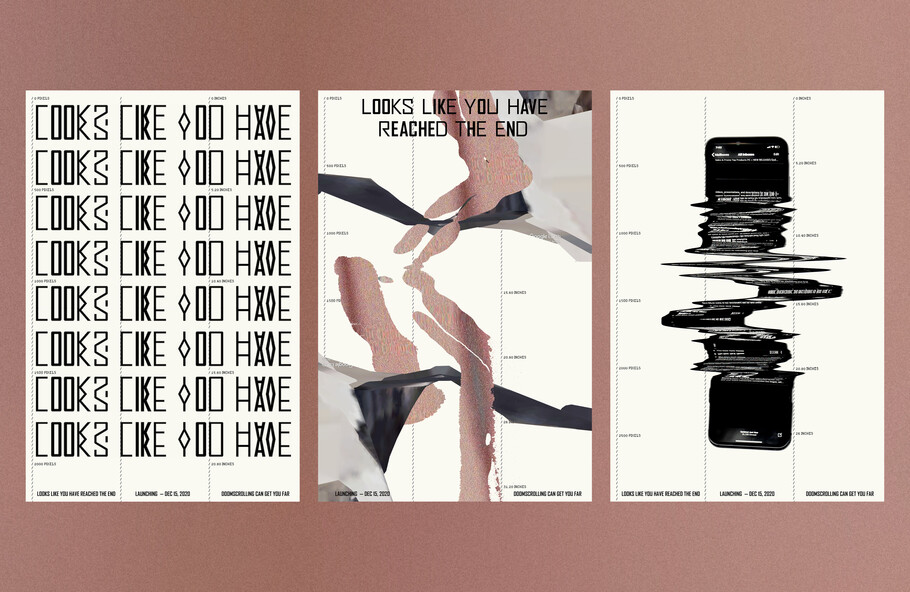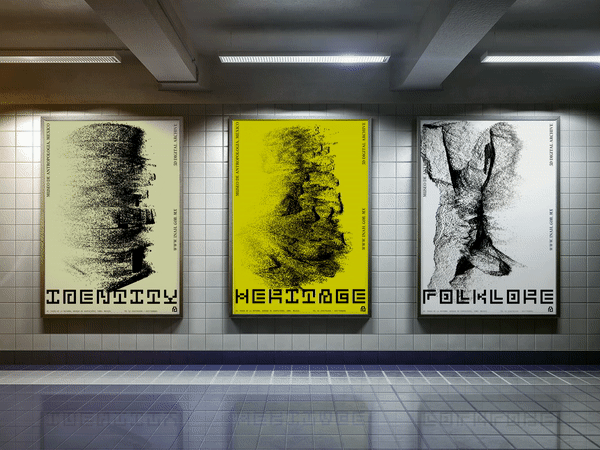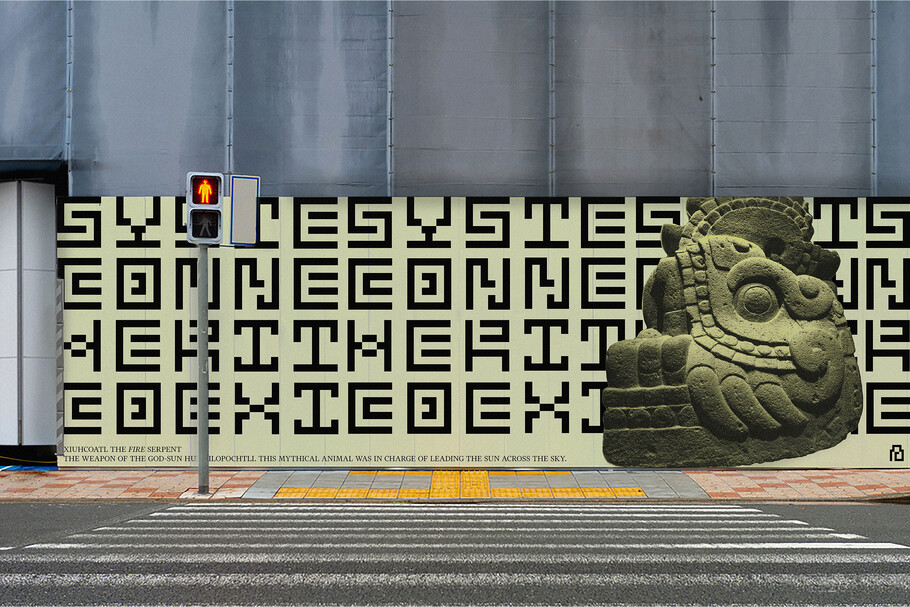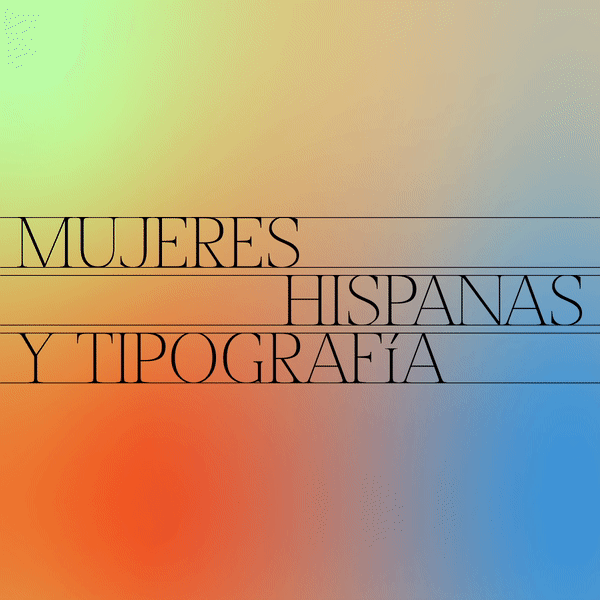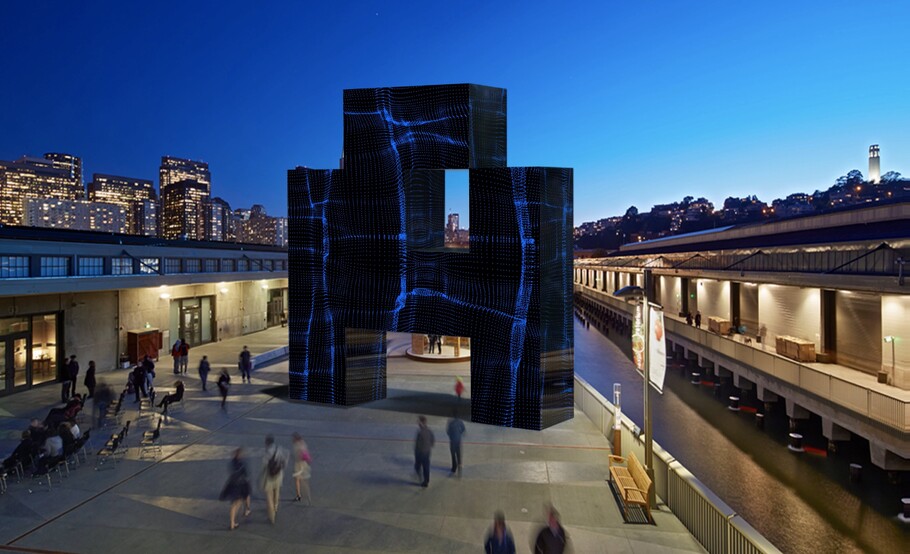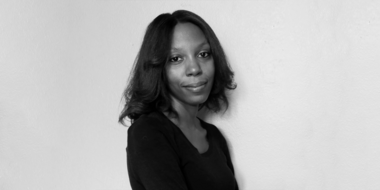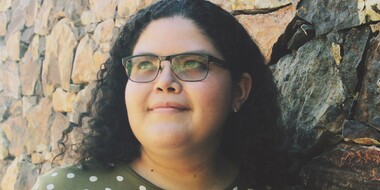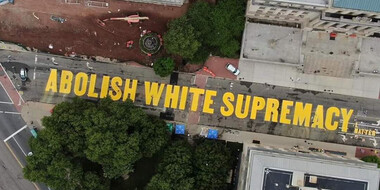Meet the 2021 Beatrice Warde Scholarship recipient: Ximena Amaya.
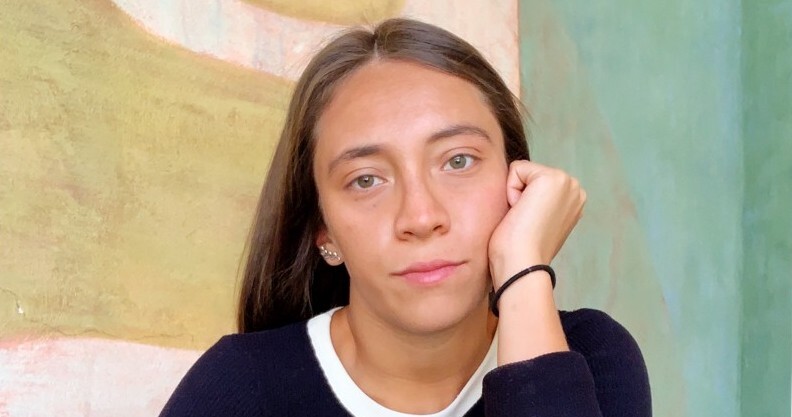
—Ximena Amaya.
Every year, Monotype and the Type Director’s Club (TDC) award the Beatrice Warde Scholarship to a young woman entering the design industry. This prestigious scholarship pays tribute to the “first lady of typography,” Beatrice Warde, a champion of type education throughout her career with Monotype and the first female member of the TDC.
This merit-based scholarship helps pay the tuition for one female college student, a rising senior, whose design work demonstrates exceptional talent, sophistication and skill in the use of modern typography. Applications for the 2021 scholarship are due March 31st. Apply now.
This year’s scholarship committee includes Gail Anderson, School of Visual Arts and Anderson Newton; Ralitsa Debrah, Kwame Nkrumah University of Science and Technology (KNUST) in Ghana and Cape Peninsula University of Technology (CPUT) in South Africa; Deborah Gonet, Monotype; Shelley Gruendler, creator of TypeCamp (who wrote her Ph.D thesis on Beatrice Warde); Rathna Ramanathan, Royal College of Art; Fiona Ross, University of Reading educator and type designer; and Mariko Takagi, Academy of Visual Arts, Hong Kong Baptist University.
The 2021 Beatrice Warde scholarship went to Ximena Amaya, from the ArtCenter College of Design in Pasadena, California. Ximena follows past winners Tatiana Lopez (2020), Blossom Liu (2019), Anna Skoczeń (2018), Tasnima Tanzim (2017), Ania Wieluńska (2016), and Rebecca Bartola (2015).
Recently we caught up with Ximena, who is currently interning at Pentagram. Ximena talked about her own bold and sometimes rebellious design style, her passion for the feminist movement in her home country of Mexico, and how design can be used as a communication tool.
What made you decide to study design—were you always interested in creative pursuits?
Yes and no. I’ve always been interested in creating and imagining but it didn’t take the form of graphic design until later in life. Even then, it took me a second to figure out why I thought it was worth dedicating myself to it. It was a very intuitive process. Today, I would say I think design is a constant exploration of how we communicate with each other and how we learn from each other. We always need more of that.
How would you describe your design style?
In a visual sense, it tends to be bold and graphic, but more importantly there is a style in the process and thinking behind it. Perhaps the style is the attitude. I like to get as familiar as possible with the subject and experiment a lot before designing. If that is done in a way that is honest to the subject matter, then the aesthetic decisions come naturally, they unfold for you. Rather than imposing my style into everything I do, I like the aesthetic to be true to the subject.
How can we use design to be more inclusive? What do you think inclusivity means in branding?
This question is tricky but I would say that, as long as we deliberately seek to involve different voices in the process, we can be more inclusive. Design is about communication and that requires different points of view. Without those, we might as well be talking to a wall.
Can you share some of the real-world problems you’re particularly interested in tackling with design?
I would love to involve design in the feminist movement in Mexico, where I am originally from. Every year I am in awe of the protests on March 8th, International Women’s Day. I feel very proud of the people that are showing up, chanting, creating posters, signs, even graffitiing the streets. It is so visual and loud and I’m interested in the impact that design tools have in such spaces.
What role do you think type can play in these kinds of projects?
As I mentioned before, I think design is all about how we talk to each other. Typography, especially, is such a complex articulation of the human need to express—a very raw, unconscious need. It tells us things before we get to the message, it helps us feel before we understand logically. It’s like that phrase, “It’s not what you said, it’s how you said it,” and that can be more important than the message itself.
What types of projects are you working on at Pentagram?
At Pentagram, I have been involved in a wide range of different projects. Natasha Jen, a partner at Pentagram, that I’m interning for, focuses on technology as well as cultural projects so recently I have been learning a lot about cryptocurrencies and exhibition design.
What do you think made you stand out as a winner for the scholarship?
There is a lot of effort that goes into the work, a lot of voices that have helped me shape my projects, and a bit of a rebellious energy of my own. I hope that was reflected in the work and resonated with the judges. Although I read the interview with last year’s winner , Tatiana López, and I couldn’t agree more with her answer, “All the experiments and personal projects I created over time—they worked,” said Tatiana, “The scholarship committee saw something in my work. Maybe not how good it was, but its potential. So that is what it means to me. I didn’t always believe in myself. Winning a scholarship is an invitation to do that.”
What does the award mean to you personally?
It means a lot! I am grateful to have received this recognition. It’s humbling to be in the same playing field as the other amazing designers that applied. It’s still hard to believe I was the one that received it. I am honored that TDC chose my work and for me it is a celebration of all the effort I have put into it.
Do you have any dream projects you’d love to take on, if there were no limits?
I have no idea what that would be. I feel quite thankful every time a project makes its way to me so it’s hard to imagine something so big that it has no limits. It also makes me think of something Natasha Jen said recently in the office: ”limits let you be more aggressive (graphically)”. I guess that’s the long way of saying I really like limitations and small projects.







